Jedním z nejdůležitějších typů průtokoměrů v těchto odvětvích jsou průtokoměry. volumetric flow meter. As their name suggests, these meters measure the volume of a fluid passing through them, providing accurate, reliable data for different industrial applications. In this blog post, we will delve deep into objemové průtokoměry, exploring what volumetric flow is, the different types of volumetric flow meters, how they work, and how to choose the right one for your needs.
Obsah
What is Volumetric Flow?
Volumetric flow refers to the volume of fluid that passes through a pipe, duct, or another conduit over a given period of time. It is typically measured in units such as liters per minute (LPM), cubic meters per hour (m³/h), or gallons per minute (GPM). The measurement of volumetric flow is crucial in industries where maintaining a precise amount of fluid is necessary to ensure optimal performance and product quality.
Volumetric flow does not take into account the pressure or temperature of the fluid; it focuses purely on the fluid volume that moves through a defined area over a specific amount of time. This makes it different from other types of flow measurement that may focus on mass flow, velocity, or pressure differences.
Related Post: Porozumění hmotnostní a objemové průtokové rychlosti
What are Volumetric Flow Meters?
A volumetric flow meter is a device used to measure the volume of a fluid (liquid or gas) as it flows through a pipe or conduit. These meters directly measure the volume of the fluid passing through the meter by capturing and displacing a known volume during each measurement cycle. As the fluid flows through the device, the meter registers the displacement and uses it to calculate the flow rate.
The main advantage of volumetric flow meters is their accuracy. Since they measure the actual volume of the fluid, they can provide highly reliable and consistent results. This is essential for applications where precision is critical, such as in the food and beverage industry, chemical processing, and pharmaceutical manufacturing.
Volumetric flow meters are often favored over other types of flow meters (like velocity or mass flow meters) because they provide a direct measurement of volume, making them easier to calibrate and maintain.
Types of Volumetric Flow Meters and Their Working Principles
There are several types of volumetric flow meters, each with its unique working principle and applications. These include electromagnetic flow meters, turbínové průtokoměry, objemové průtokoměry, vírové průtokoměrya ultrasonic flow meters. Let’s explore how each one works and what makes them suitable for different applications.
1. Electromagnetic Flow Meters
Working Principle:
Electromagnetic flow meters operate on the principle of Faraday’s Law of Induction, which states that a voltage is induced when a conductor moves through a magnetic field. In the case of an electromagnetic flow meter, the fluid acts as the conductor. The meter generates a magnetic field in the flow tube, and as the conductive fluid (e.g., water, slurry, or chemicals) flows through it, a voltage is induced. This voltage is directly proportional to the flow rate, and the flow meter measures it to calculate the volumetric flow.
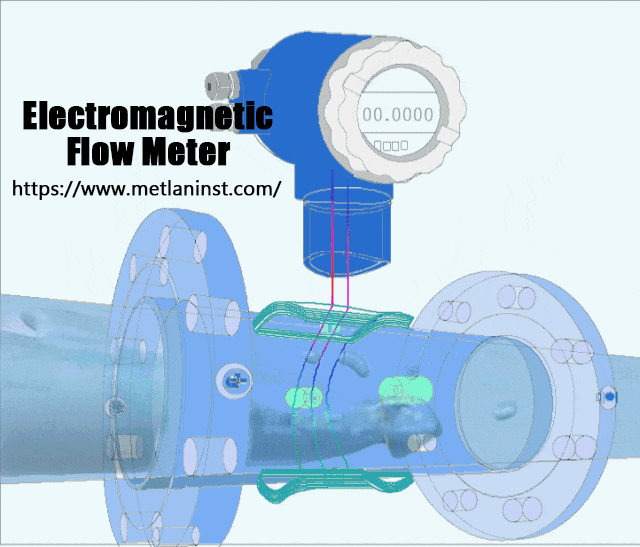
Advantages:
- Highly accurate for conductive liquids.
- No moving parts, reducing wear and tear and maintenance requirements.
- Works well for dirty or abrasive liquids.
- Suitable for a wide range of industries like water treatment, food and beverage, and chemical processing.
Limitations:
- Requires the fluid to be conductive (e.g., water, acids, or slurries).
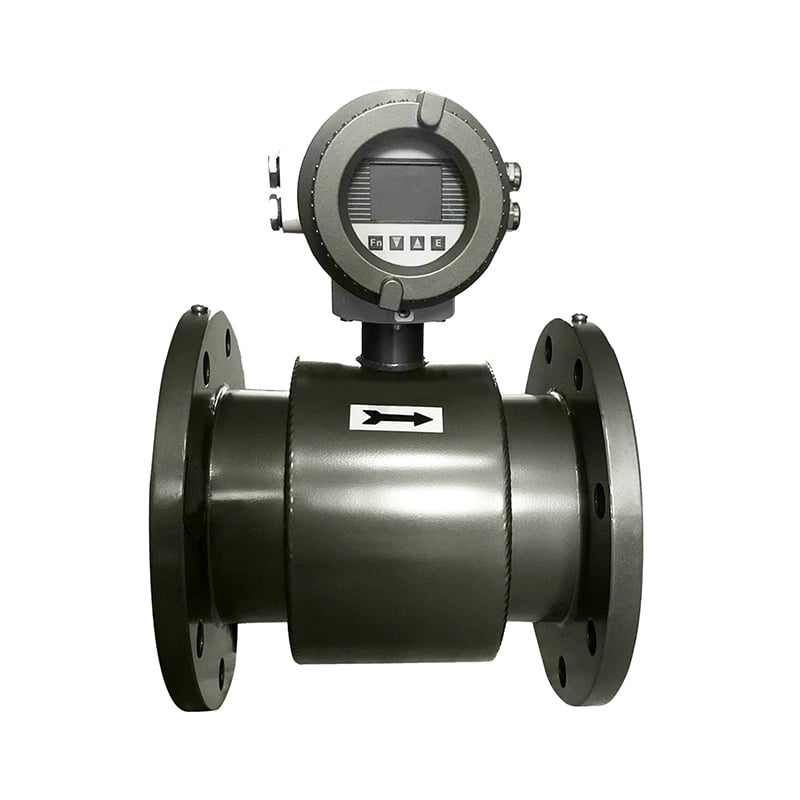
Vlastnosti:
- PU, PFA, ETFE or FEP liner: excellent chemical and abrasion resistance
- Wide range of electrode materials
- Barvy a vzhled lze upravit podle přání zákazníka.
- K dispozici také v provedení podle přání zákazníka
- No moving parts, no wear, no pressure loss
- Reliable measurement at constant accuracy
2. Turbine Flow Meters
Working Principle:
Turbine flow meters measure the flow rate by detecting the rotational speed of a turbine placed in the fluid flow path. As the fluid passes through the meter, it causes the turbine blades to spin. The speed at which the turbine spins is directly proportional to the velocity of the fluid, and by knowing the cross-sectional area of the pipe and the turbine’s rotational speed, the volumetric flow rate can be calculated.
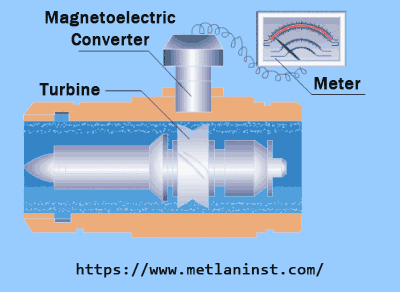
Advantages:
- High accuracy for clean, low-viscosity fluids.
- Ideal for applications in oil and gas, pharmaceuticals, and food industries.
- Relatively simple design and cost-effective for many applications.
Limitations:
- Not suitable for high-viscosity fluids or slurries due to the risk of damage to the turbine.
- Accuracy can be affected by changes in the fluid’s temperature or pressure.
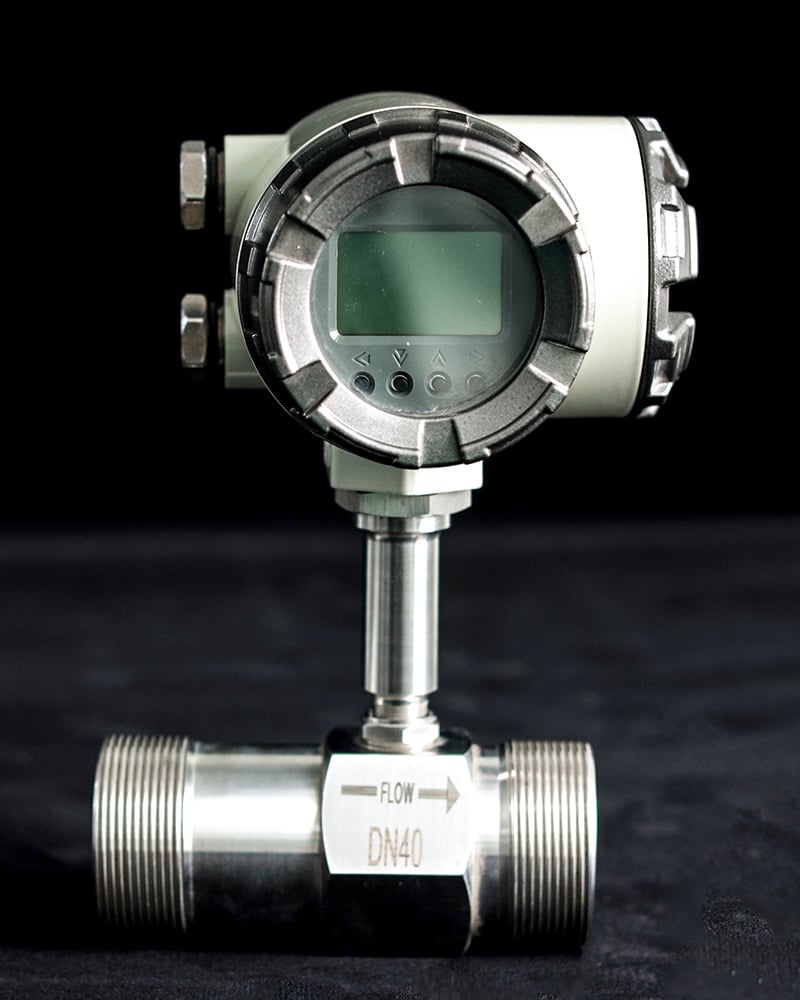
Vlastnosti:
- Specifically engineered for low flow applications
- Barvy a vzhled lze upravit podle přání zákazníka.
- K dispozici také v provedení podle přání zákazníka
- Na LCD displeji je k dispozici angličtina, španělština, francouzština a další jazyky na vyžádání.
- Každý průtokoměr je kalibrován a je mu přiděleno jedinečné sériové číslo odpovídající všem kalibračním údajům.
3. Positive Displacement Flow Meters
Working Principle:
Positive displacement flow meters work by capturing a known volume of fluid and counting how many times that volume is displaced as the fluid flows through the meter. These meters typically use chambers or pistons that fill and empty with fluid with each cycle, allowing the meter to measure the volumetric flow directly.
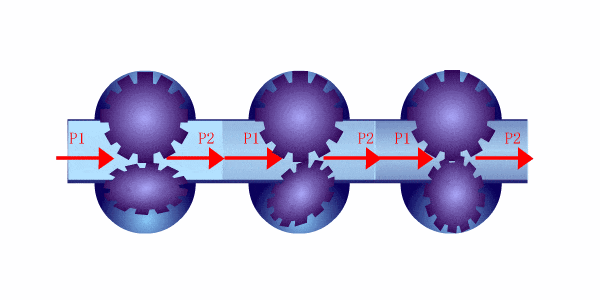
Some common types of positive displacement flow meters include rotary piston meters, gear meters, and diaphragm meters. Each design involves a mechanism that traps a precise volume of fluid and measures how many times it displaces that volume to calculate the flow rate.
Advantages:
- Extremely accurate, particularly for low flow rates.
- Measures true volumetric flow, independent of fluid properties like pressure, temperature, or viscosity.
- Can handle a wide variety of fluids, including oils, chemicals, and high-viscosity liquids.
Limitations:
- Mechanical parts that can wear out over time, leading to the need for regular maintenance.
- Not ideal for very high flow rates or for fluids with suspended solids.
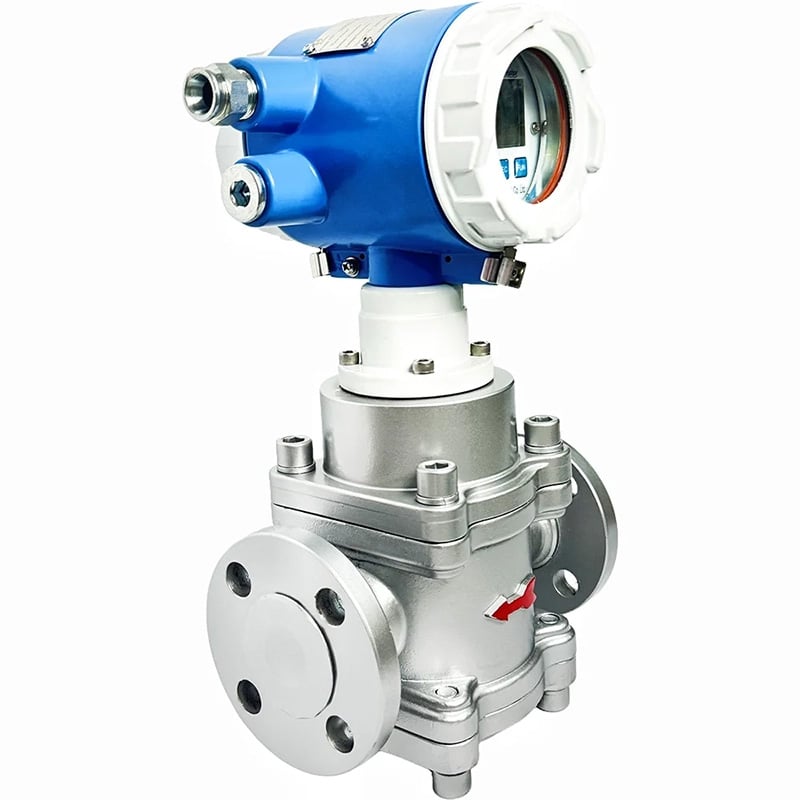
Vlastnosti:
- Vysoká přesnost až ±0,1 %, vysoký procesní tlak až 110 bar (1595 psi)
- Stabilní při běhu s nízkou hlasitostí
- Dobrá ochrana proti rušení a dlouhá životnost
- Velká použitelnost při změnách viskozity
- Also available in customer specific construction
- Každý průtokoměr je kalibrován a je mu přiděleno jedinečné sériové číslo odpovídající všem kalibračním údajům.
4. Vortex Flow Meters
Working Principle:
Vortex flow meters operate on the principle of the Kármán vortex street, where fluid passing over a bluff body (a cylindrical or rectangular obstruction in the flow path) creates vortices on either side of the body. The frequency of vortex shedding is proportional to the flow velocity. By measuring the frequency of the vortices, the meter can calculate the volumetric flow rate of the fluid.
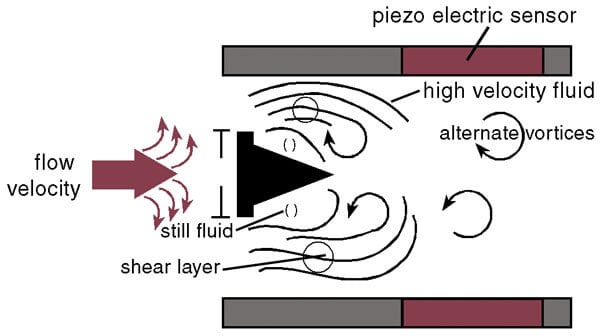
These meters often use sensors like piezoelectric crystals or ultrasonic transducers to detect the vortices and convert the data into an accurate flow measurement.
Advantages:
- Can measure both liquids and gases.
- No moving parts, making it low maintenance.
- Works well for clean, stable flow with relatively low to moderate viscosity fluids.
- Suitable for a wide range of industrial applications such as steam, gas, and liquid flow monitoring.
Limitations:
- Not ideal for low flow rates due to difficulty in detecting vortex frequency.
- Can be affected by changes in fluid viscosity or density.
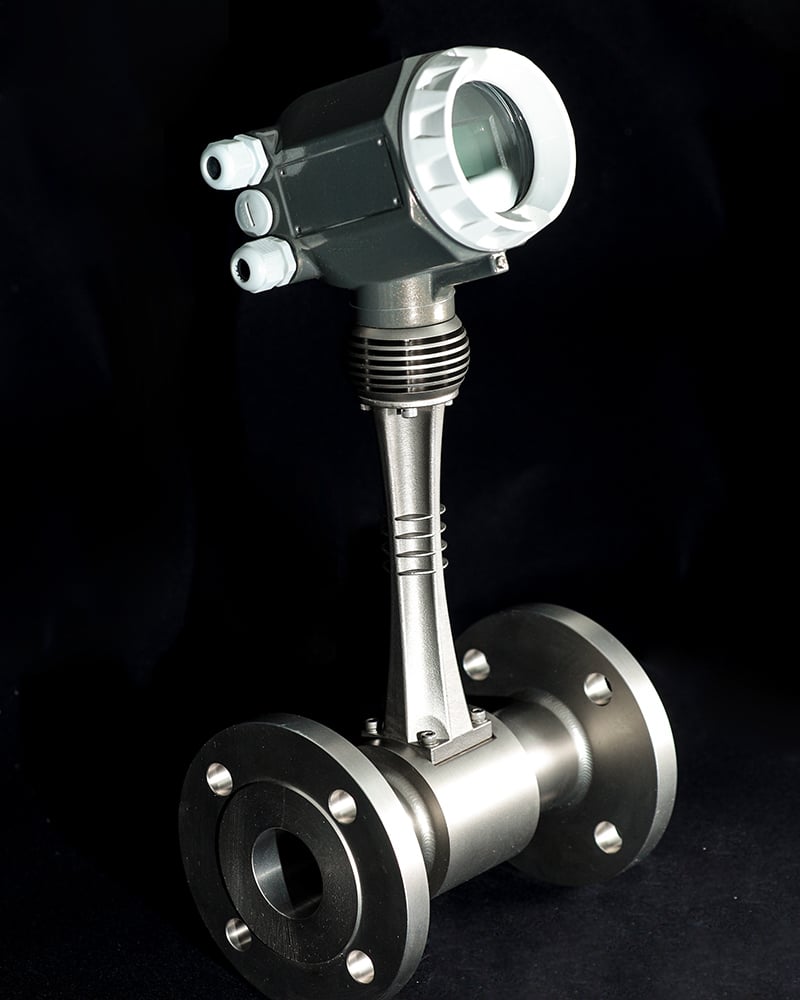
Vlastnosti:
- For high temperature applications up to +400°C / +750°F
- Barvy a vzhled lze upravit podle přání zákazníka.
- K dispozici také v provedení podle přání zákazníka
- Na LCD displeji je k dispozici angličtina, španělština, francouzština a další jazyky na vyžádání.
- Každý průtokoměr je kalibrován a je mu přiděleno jedinečné sériové číslo odpovídající všem kalibračním údajům.
5. Ultrazvukové průtokoměry
Working Principle:
Ultrasonic flow meters use sound waves to measure the flow of fluids. There are two main types: transit-time and Doppler ultrasonic meters.
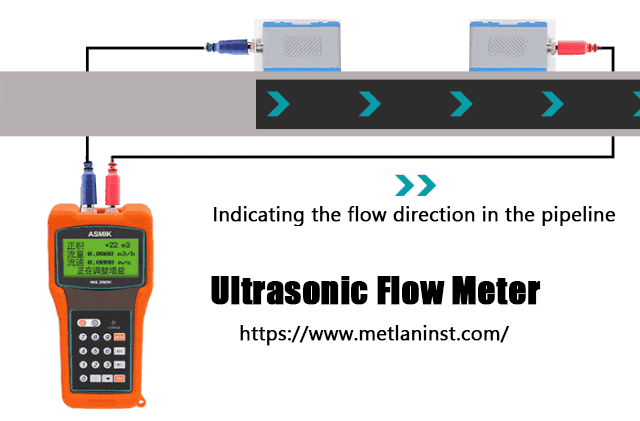
- Transit-time ultrasonic meters work by sending ultrasonic signals upstream and downstream through the fluid. The difference in the time it takes for the sound waves to travel in each direction is used to calculate the flow velocity, and from this, the volumetric flow rate is derived.
- Doppler ultrasonic meters measure the frequency shift of the sound waves reflected off particles or bubbles in the fluid. This shift provides data on the flow velocity and enables flow rate calculation.
Advantages:
- No moving parts, so they are virtually maintenance-free.
- Non-intrusive, as they can be installed externally on the pipe.
- Suitable for a wide range of fluids, including both clean and dirty liquids, slurries, and gases.
- Highly accurate, especially in applications like water treatment, gas pipelines, and chemical plants.
Limitations:
- Transit-time meters require a clean, homogeneous fluid for accurate readings.
- Can be more expensive than other types of flow meters.
- Limited by pipe size and wall thickness in some cases.
How to Choose the Right Volumetric Flow Meter
Selecting the right volumetric flow meter depends on several factors, including the fluid characteristics, the required accuracy, the operating environment, and the specific application. Below are some key considerations to help you choose the best flow meter for your needs.
1. Fluid Type and Properties
- Viscosity: High-viscosity fluids may not flow easily through certain meters like turbine or vortex meters. Positive displacement flow meters, however, are ideal for such fluids.
- Conductivity: For electromagnetic flow meters, the fluid must be conductive (such as water or acids). Non-conductive fluids would require a different type of flow meter.
- Suspended Solids: If the fluid contains particles or solids, a positive displacement flow meter or an ultrasonic flow meter (depending on the solid nature) would be a better choice.
2. Flow Range
- If you need to measure both very low and very high flow rates, choose a flow meter with a broad flow range, such as ultrasonic meters.
3. Accuracy Requirements
- For applications that demand high accuracy, objemové průtokoměry are often the best choice due to their direct volumetric measurement. For lower accuracy needs, a vortex or turbine meter may suffice.
4. Maintenance and Durability
- If you’re looking for a low-maintenance solution, consider a vortex, ultrasonic, or electromagnetic flow meter, all of which have no moving parts.
- For harsh conditions or fluid handling, positive displacement meters or turbine meters might be better, but keep in mind their mechanical components may require maintenance over time.
5. Application Environment
- Operating Pressure and Temperature: Ensure the chosen flow meter can handle the temperature and pressure ranges typical for your process.
- Installation Space: Some flow meters, like ultrasonic or electromagnetic, might be more suited to tight installation spaces since they can sometimes be installed externally.
Volumetric flow meters are indispensable tools for many industries, offering precise and reliable measurements of fluid flow. Whether you’re dealing with water, chemicals, oils, or gases, selecting the right type of volumetric flow meter—be it an electromagnetic, turbine, positive displacement, vortex, or ultrasonic flow meter—depends on understanding the unique characteristics of your application and fluid.
By carefully considering the fluid properties, flow range, accuracy requirements, and environmental conditions, you can select the best volumetric flow meter to ensure optimal performance, efficiency, and longevity in your operations.

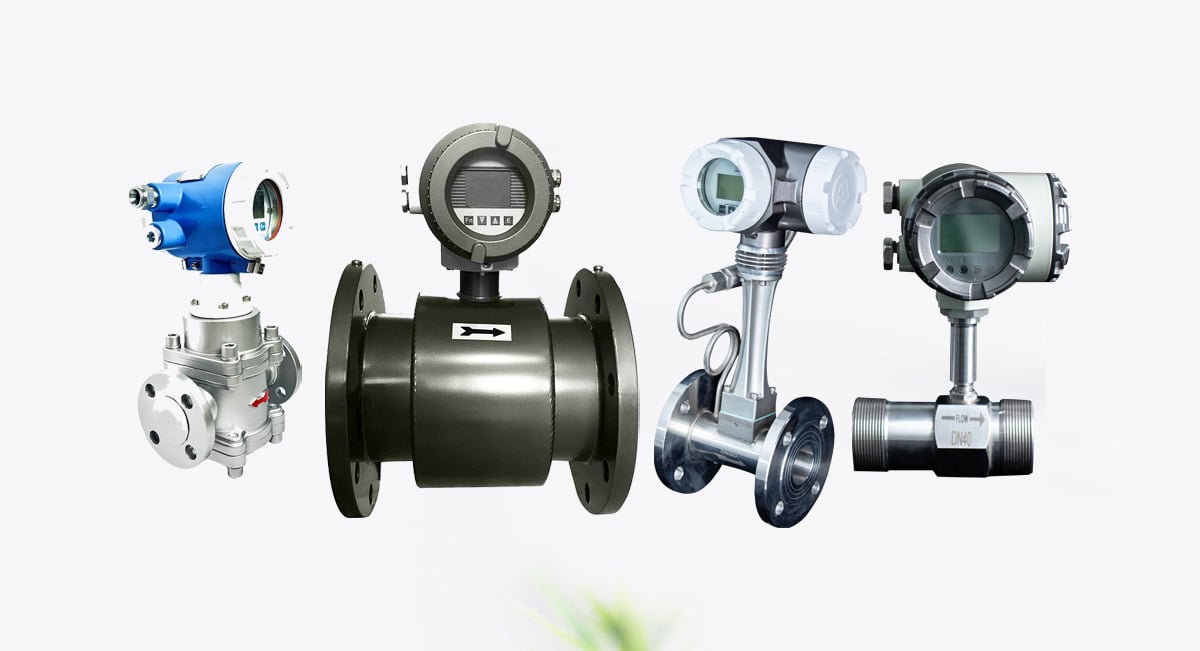
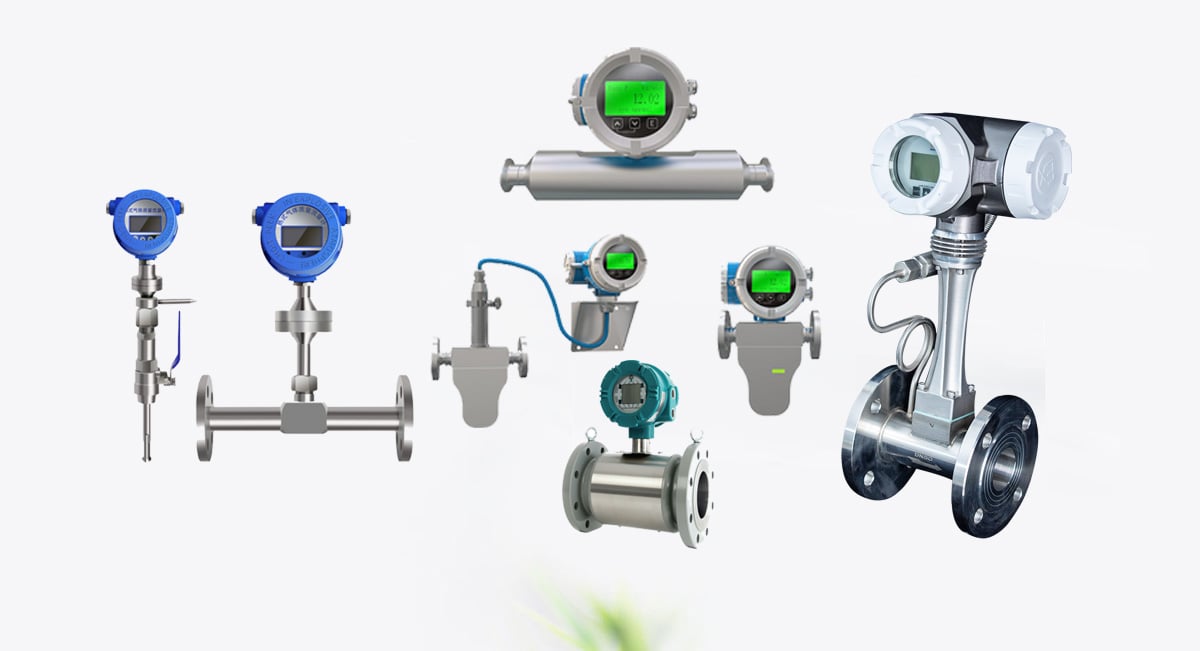
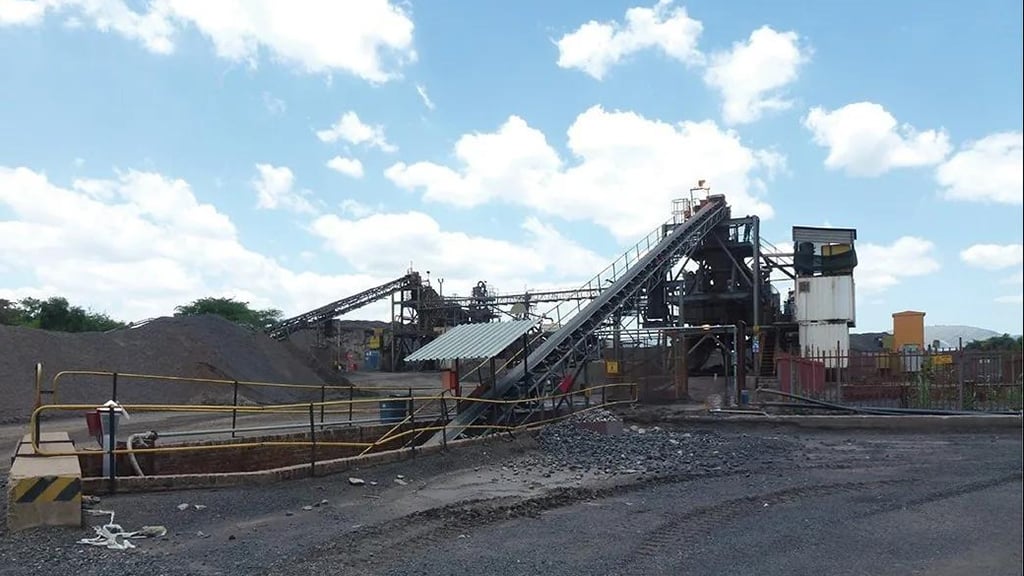
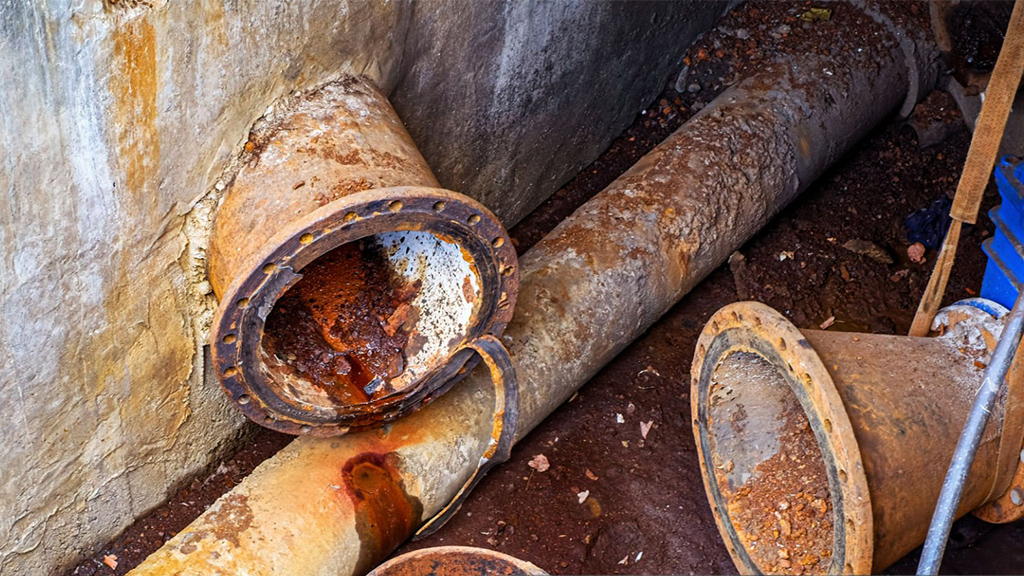
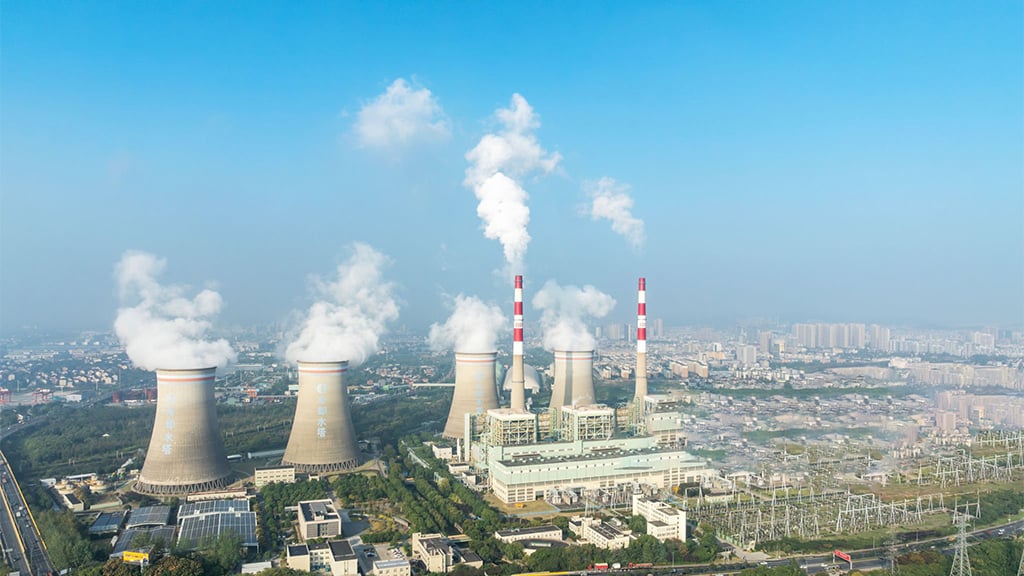
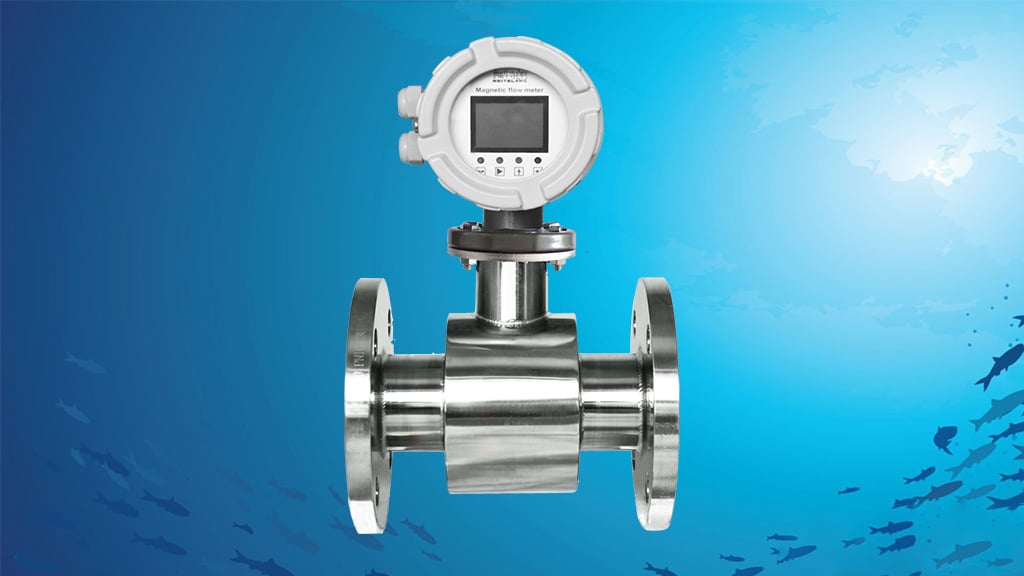
Zanechat komentář